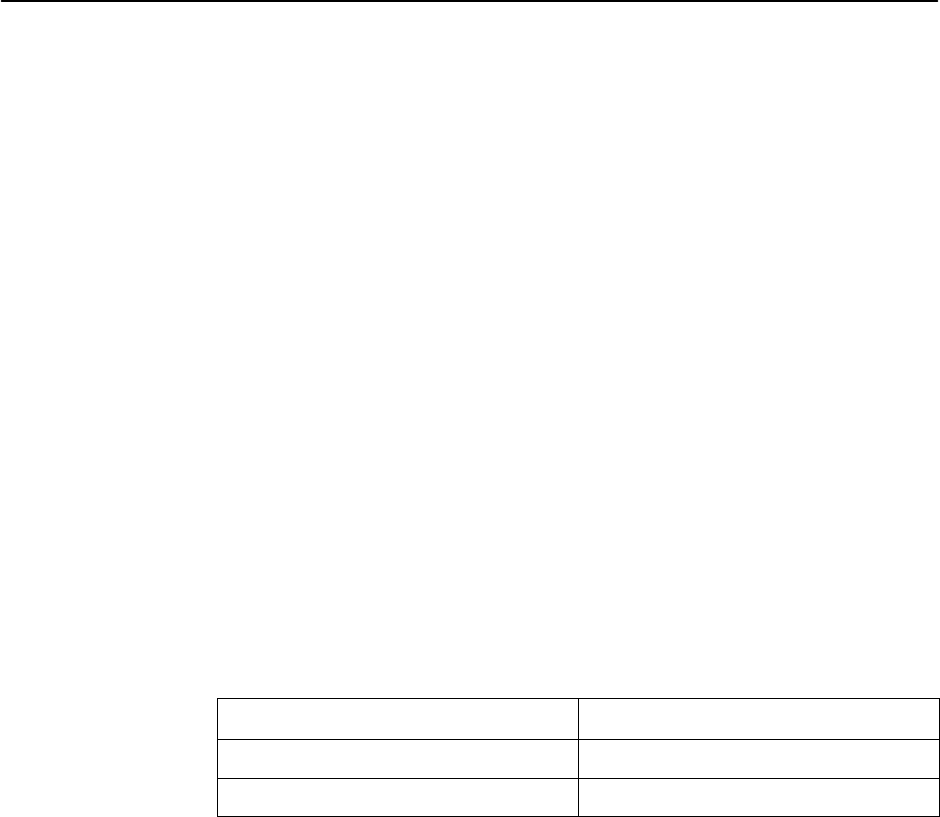User's Manual
Table Of Contents
- Contents
- About This Guide
- About the FrameSaver DSL Unit
- User Interface and Basic Operation
- Configuration Procedures
- Configuration Options
- Overview
- Using the Easy Install Feature
- Setting Up So the Router Can Receive RIP
- Entering System Information and Setting the System Clock
- Configuration Option Tables
- Configuring the Overall System
- Configuring the Physical Interfaces
- Configuring Frame Relay for the Data Port
- Configuring ATM for the Network Interface
- Configuring Circuit and DLCI Records
- Configuring PVC Connections
- Setting Up Management and Communication Options
- Configuring Node IP Information
- Configuring Management PVCs
- Configuring General SNMP Management
- Configuring Telnet and/or FTP Session Support
- Configuring SNMP NMS Security
- Configuring SNMP Traps
- Configuring the Ethernet Port
- Configuring the Communication Port
- Configuring the COM Port to Support an External Modem
- Security and Logins
- Operation and Maintenance
- FTP Operation
- Troubleshooting
- Setting Up OpenLane for FrameSaver Devices
- Setting Up Network Health for FrameSaver Devices
- Menu Hierarchy
- SNMP MIBs and Traps, and RMON Alarm Defaults
- Connectors, Cables, and Pin Assignments
- Technical Specifications
- Equipment List
- Index

Troubleshooting
8-16
9783-A2-GB20-00
July 2000
Test Timeout Feature
A Test Timeout feature is available to automatically terminate a test (as opposed
to manually terminating a test) after it has been running a specified period of
time.
It is recommended that this feature be used when the FrameSaver unit is
remotely managed through an inband data stream (PVC). If a test is accidently
commanded to execute on the interface providing management access, control is
regained when the specified time period expires, automatically terminating the
test.
To use this feature, enable the Test Timeout configuration option, and set a
duration for the test to run in the Test Duration (min) configuration option (see
Configuring General System Options
in Chapter 4,
Configuration Options
).
NOTE:
These configuration options do not pertain to tests commanded by the DTE,
like a DTE-initiated External Loopback.
Starting and Stopping a Test
Use this procedure to start, monitor, or abort specific tests. To abort all active
tests on all interfaces, see
Aborting All Tests
.
When the status of a test is . . .
The only command available is . . .
Inactive Start
Active Stop
Start or stop an individual test using the same procedure.










